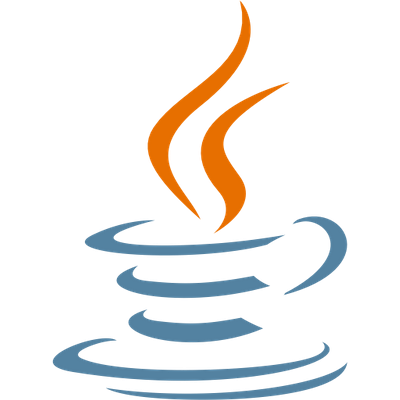Whitevision, founded in 2005, is the market leader in incoming document processing. For more than 24,000 users, we process 15 million documents per year. That comes down to about 1.25 million documents per month, 75,000 per working day, and almost 3 per second. Simplicity is Whitevision’s driving force. The company works for organizations such as DuraVermeer, Munckhof, Chassé Theater, Young Capital, Eneco, Eurotransplant, and LHV. Whitevision is located in Breda and has about 40 employees.
Whitevision: The distinguishing power of software lies in adaptability
- Seamless transition to a scalable, cloud-based solution for Whitevision.
- Boosted efficiency with agile methods and predictable development.
- Continuous product evolution to stay relevant across industries.







